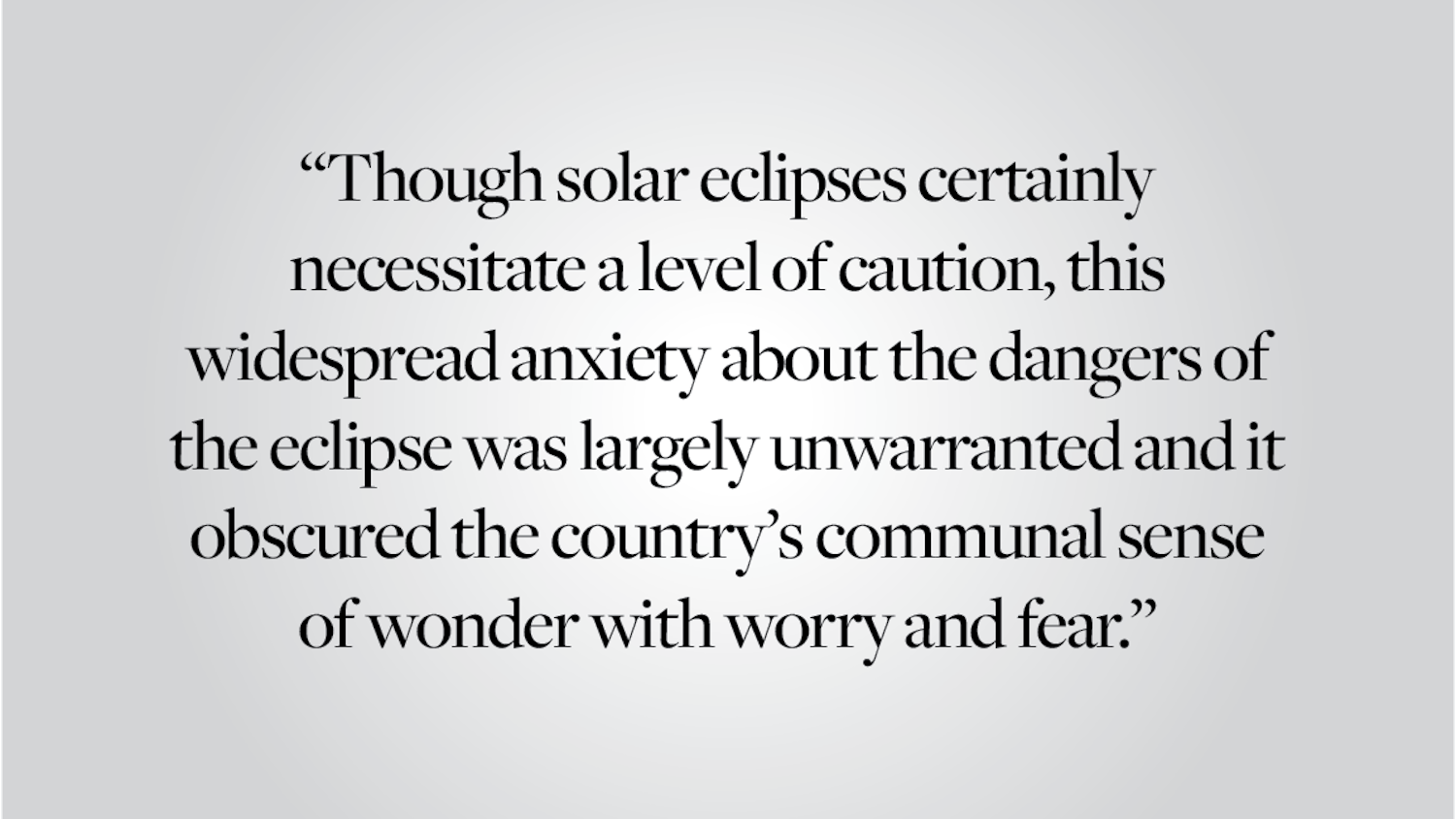It’s about Brown’s legitimization of racial profiling. Imagine that New York City Police Commissioner Raymond Kelly’s aggressively promoted stop-and-frisk program were to be implemented at Brown. If New York stop rates were replicated proportionally on campus using data from last year, 411 undergraduates would be stopped in one year. Eighty-seven percent of stopped individuals in New York happen to be black and Hispanic people. There are approximately 1,165 black and Hispanic undergraduates at Brown. Thirty-two percent of black and Hispanic students — 373 total — would be stopped and frisked. Only 1.2 percent of the white student population — 41 of 3,295 — would face the same treatment.
The uproar would be swift and intense, especially because of these 411 stops, 366 would be entirely unwarranted, leading to the discovery of no open containers, no dimebags, certainly no weapons and no charge at all. Policing in New York, where these numbers are a daily reality, is a racialized phenomenon. Black and Hispanic people are presumed guilty and deserving of constant invasions of privacy, and white people are not.
In reality, Kelly’s stop-and-frisk program is far more controversial than a laudatory Taubman Center for Public Policy and American Institutions event invitation would suggest. Here is an event in which racially motivated street stops are referred to by New York Police Department spokesperson Paul Browne as one of many “proactive policing strategies” that he claims are responsible for New York murders dropping by 49 percent over the past 10 years. There’s actually very little scholarly consensus that Kelly’s department’s frisking practices are the root reason for New York’s crime decline, and according to the New York Civil Liberties Union, “no research has ever proven the effectiveness of New York City’s stop-and-frisk regime.”
For starters, the city’s crime rate decline, which began in the early 1990s, is part of a larger national trend of declining crime rates — an over 40 percent reduction in most American urban areas. Many criminologists credit the decrease to “broken windows policing,” investigating and prosecuting low-level crimes to maintain order, and “hot spot policing,” staking out and over-policing neighborhoods with more crime — both of which are practiced by Kelly’s department. But academics also point to the effects of increased prosperity, the legalization of more reproductive choices for women and a large reduction in crack cocaine use. In fact, stop-and-frisk looks more and more ineffective once you look at the fact that “while violent crimes fell 29 percent in New York City from 2001 to 2010, other large cities experienced larger violent crime declines without relying on stop-and-frisk abuses: 59 percent in Los Angeles, 56 percent in New Orleans, 49 percent in Dallas and 37 percent in Baltimore,” according to the NYCLU.
Secondly, claims made by the NYPD to justify “proactive policing” are just plain false. Browne claims 5,628 people in New York can thank programs like stop-and-frisk for saving their lives, when actually the drop in the murder rate occurred before New York Mayor Michael Bloomberg’s time in office and before stop-and-frisk. As the NYCLU writes, “the year before the mayor took office there were 649 murders in New York City. In 2011, there were 526 murders.” Kelly himself has claimed “there’s no denying that stops take guns off the street and save lives,” when in reality only 0.2 percent of stops uncover guns — a figure that does not justify the physical invasion, harassment and intimidation of tens of thousands of innocent people. There are other ways to get guns off the streets.
In the 2013 decision Floyd v. City of New York, part of a class action lawsuit against Kelly citing him for unconstitutional racial discrimination, former NYPD captain and New York State Senator Eric Adams testified about a small meeting he attended in July 2010. Former New York Governor David Paterson, Adams, other policymakers and Kelly were all present to discuss a bill related to stop-and-frisk. Adams raised his concern that a disproportionate number of black and Hispanic people were being targeted for stops. Kelly responded that he focused on young blacks and Hispanics “because he wanted to instill fear in them, every time they leave their home, they could be stopped by the police.”
There is something profoundly wrong with the Taubman Center presenting Kelly as unequivocally responsible for the crime decline while failing to mention the abuses he has propagated. In fact, in August of this year, U.S. District Judge Shira Scheindlin ruled that the NYPD’s current stop-and-frisk tactics are in violation of the Fourth Amendment and cited the proven racial biases of the program as violations of citizens’ civil rights protections. Stop-and-frisk as it currently functions has literally been ruled illegal by a federal judge. Kelly’s instrumentality in racist policy-making is not up for debate. In this situation, what is up for debate is the implication of giving a racist a unilateral stage at Brown by sole virtue of his being a powerful man.
Stop-and-frisk is much more than a matter of constitutional law. This program, in conjunction with other policies in the criminal justice system, effectively criminalizes non-whiteness and feeds into the prison industrial complex. By bringing Kelly to Brown uncritically and creating no space for opposing narratives, Brown commits itself to privileging the righteousness of this man’s actions and adds to the criminalization of people of color in this country.
Megan Hauptman ’14, Sophie Soloway ’14.5 and Josette Souza ’14 welcome questions and comments and can be reached at sophie_soloway@brown.edu.
ADVERTISEMENT




